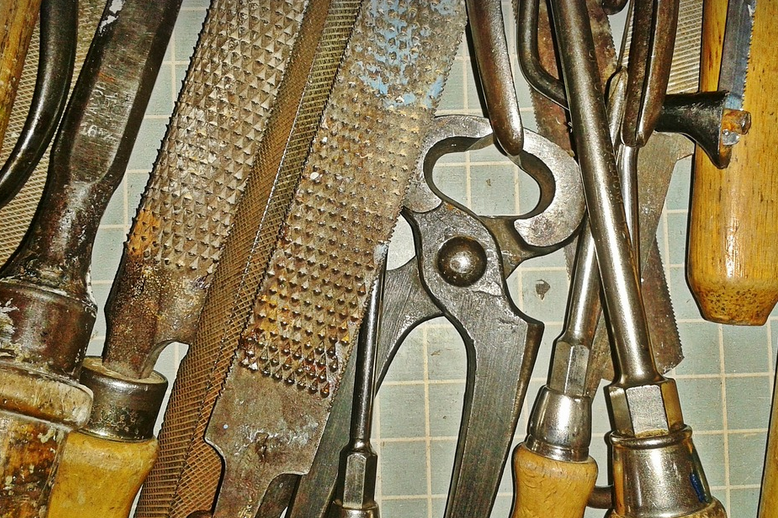What are Kenmore Dishwasher Diagnostic Codes?
Having a dishwasher break down is never fun, especially when the machine doesn’t seem to be cooperating. A blinking light or an unexpected error code on your Kenmore dishwasher can feel like trying to crack a cryptic message. But fear not! These codes act as little detectives in your kitchen, letting you know exactly what’s amiss with your appliance. Understanding these diagnostic codes is like having a built-in troubleshooting manual for your favorite cleaning companion.
Think of it this way: when the dishwasher throws a fit and displays a code on its control panel, it’s essentially sending you a digital SOS. These codes act as keycards to unlock the mysteries of your appliance’s malfunction.
Why are Kenmore Dishwasher Diagnostic Codes Important?
Diagnostic codes offer more than just cryptic clues; they are actually essential tools for efficient troubleshooting and repairs. By understanding these codes, you can pinpoint the source of the problem without relying on endless online searches or calling a repair expert (who might charge a hefty price). These codes provide direct insight into how your dishwasher is functioning.
Imagine trying to find the root cause of a headache by only checking general symptoms. The diagnostic codes are like taking a closer look at each aspect of the problem: the flow, temperature, pressure, and so on. This process helps you understand what’s going wrong and allows you to resolve it effectively.
A Journey Through Kenmore Dishwasher Diagnostic Codes
Let’s now dive into some common Kenmore dishwasher diagnostic codes, providing explanations and troubleshooting tips for each one:
Code #1: F2
This code signifies a problem with the **control board**. It could be an issue with the control unit itself or even damage to the internal wiring. This often means there’s a power supply issue, and your dishwasher may not receive the necessary instructions for operation.
**Possible Troubleshooting:**
* **Unplug the machine:** Disconnect it from electrical power. * **Check outlet and circuit breaker:** Make sure there isn’t a problem with the electrical supply to the dishwasher. * **Inspect the wiring:** Carefully check for any damaged or loose wires within the control panel area, ensuring they are properly connected and seated * **Contact Kenmore Support:** If you still encounter the F2 code after these steps, it’s best to contact a qualified technician – they have experience in handling more intricate electrical issues.
Code #2: F9
The F9 code signals a **drain blockage.** This type of problem is relatively common, and can stem from clogs within the dishwasher’s pump or drain pipe. A blocked drain can often lead to water not draining properly.
**Possible Troubleshooting:**
* **Check for visible clogs:** Carefully look inside the detergent dispenser and the lower part of the dishwasher for any visible obstructions. * **Use a plunger:** If you spot a blockage, try using a plunger to clear it. * **Run a cleaning cycle with no dishes:** Run an empty cleaning cycle with hot water to remove any debris that may have accumulated in the drain hose.
Code #3: F6
The F6 code identifies a problem with the **water supply**. This can be a result of faulty hoses or valve issues.
**Possible Troubleshooting:**
* **Inspect hoses:** Check your dishwasher’s water hoses for any signs of leakage, kinks, or tears. Replace them if necessary. * **Examine the valves:** Examine the valve connecting the dishwasher to the water supply line for any blockages, leaks, or malfunctions.
Code #4: F7
The F7 code indicates **drain pump failure**. This could be caused by a malfunctioning drain pump, a clogged pump, or even debris blocking the drain hose.
**Possible Troubleshooting:**
* **Check the drain hose:** Carefully check for any kinks, bends, or clogs in the drain hose and ensure it’s running smoothly. * **Inspect the pump motor:** Visually inspect the drain pump motor for signs of damage, debris buildup, or malfunctions. * **Contact Kenmore Support:** If you’re unable to resolve this issue based on these troubleshooting steps, it’s best to seek help from a qualified technician for proper diagnosis and repair.
How to Interpret Your Dishwasher Diagnostic Codes
Understanding the specific meaning and cause of each code can be vital for effective troubleshooting:
**Remember:** The following guide is a general overview, and codes may vary slightly between different Kenmore models. 1. **Code #1 (F2):** This code often means there’s an issue with the control board or wiring. Check for loose wires or damaged components. 2. **Code #3 (F6):** A common issue, this could be an indication of a water supply problem – faulty hoses, valve issues, or even air trapped in the system. 3. **Code #4 (F7):** This code suggests a drain pump malfunction. Check for clogs in the hose or pump motor itself.
To interpret your specific code, consider consulting the manual for your Kenmore dishwasher model.
Troubleshooting Tips and Resources
If you’re facing frequent issues, it’s always recommended to consult a professional. However, these troubleshooting tips can be useful in many instances:
* **Check the Manual:** Always start with your dishwasher’s manual for information on specific codes and troubleshooting procedures. * **Online Resources:** Kenmore’s website offers helpful resources including troubleshooting guides and FAQs dedicated to specific models. * **Consider a YouTube Video:** Many informative videos are available online that walk you through common issues and solutions. * **Kenmore Support:** For more complex problems, don’t hesitate to contact Kenmore support for professional assistance.
Keep it Clean! Maintenance Tips
Preventative maintenance can save you from a lot of headaches down the road. Maintaining your dishwasher can extend its lifespan and prevent future problems.
- **Run Cleaning Cycles:** Regularly run cleaning cycles with hot water to remove any food debris, buildup, or detergent residue from the dishwasher.
- **Check Hoses:** Inspect hoses every few months for cracks, kinks, and leaks. Replace them if necessary.
- **Clean Filter Regularly:** The filter traps debris and helps prevent clogs. Clean it according to your dishwasher’s manual or at least once a month.
